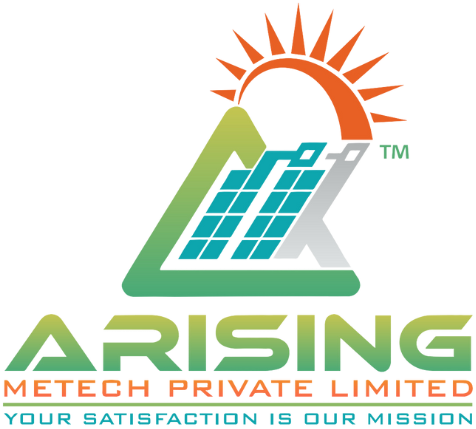Most discussions in solar energy focus on panels, inverters, and generation capacity. But beneath every panel lies a critical component that’s often underestimated — the mounting structure. Far from being just a support frame, the structure’s design directly impacts system performance, safety, and return on investment (ROI).
Here’s how:
1. 🎯 Tilt Angle Determines Energy Output
The angle at which solar panels are installed significantly affects how much sunlight they capture.
- A suboptimal tilt reduces daily generation, especially in seasonal regions.
- A fixed-tilt system must be carefully aligned to the site’s latitude.
- Custom-tilt structures allow fine-tuned angles to match load curves or maximize annual yield.
💡 Example: A 10° error in tilt can reduce annual energy output by 5–10%.
2. 🌤️ Orientation & Spacing Prevent Shadow Losses
Improper row spacing or panel orientation causes shading — one of the biggest killers of efficiency.
- Landscape vs portrait layout impacts ground coverage ratio (GCR).
- Row-to-row distance must account for seasonal sun angle.
- Shadowing even a single cell can reduce the output of an entire string if not bypassed properly.
Mounting design ensures that spacing and alignment are optimized for the location.
3. 🌬️ Structural Strength = Operational Uptime
Wind load failures, rusted joints, or flexing frames lead to:
- Panel misalignment
- Module breakage
- Safety hazards
A well-engineered mounting structure with the right wind zone compliance ensures that the plant runs uninterrupted — even in high wind or storm-prone zones.
4. 🧩 Installation Time Affects Project Cost
Mounting structures that are:
- Pre-punched
- Pre-assembled
- Modular and lightweight
… can reduce installation time by 20–30%, saving on labor, crane usage, and commissioning timelines.
Faster install = faster commissioning = quicker cash flow.
5. 💰 Long-Term Durability Impacts O&M Costs
Low-quality structures corrode, warp, or fail — forcing early replacements or constant maintenance.
Investing in hot-dip galvanized or aluminum structures reduces:
- Rust-related degradation
- Module loosening or misalignment
- Need for mid-life structural upgrades
This directly improves ROI over the system’s 20–25 year lifespan.
🧠 Bottom Line
Solar structures are not a commodity — they’re a design decision.
Every angle, bolt, and weld in the mounting system affects how much your plant produces, how long it runs, and how safely it operates.
Optimizing structure design is not an extra cost — it’s an essential investment in better output and long-term financial return.
The Aluminium Mono Rail is an integral part of solar mounting systems, offering excellent stability for solar panels. Manufactured from high-quality aluminium, this rail is lightweight yet incredibly strong, making it an ideal choice for both residential and commercial solar panel installations. Its corrosion-resistant properties ensure that it stands up to harsh weather conditions, including heavy rain, high humidity, and UV exposure, guaranteeing longevity even in challenging environments.
